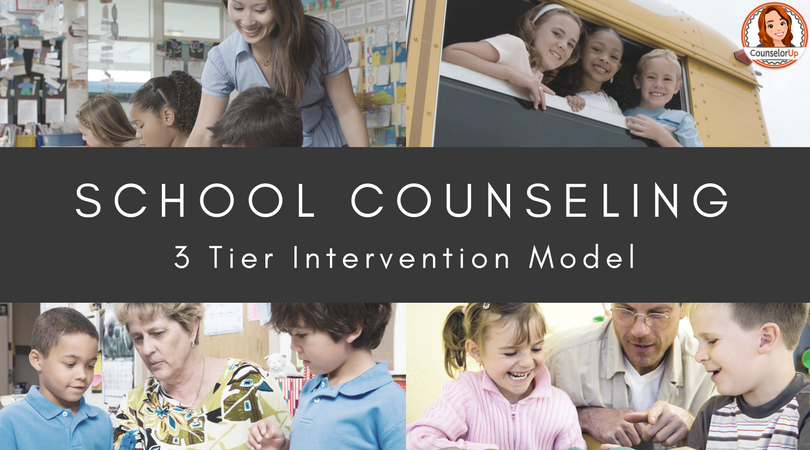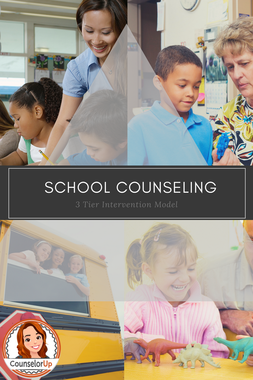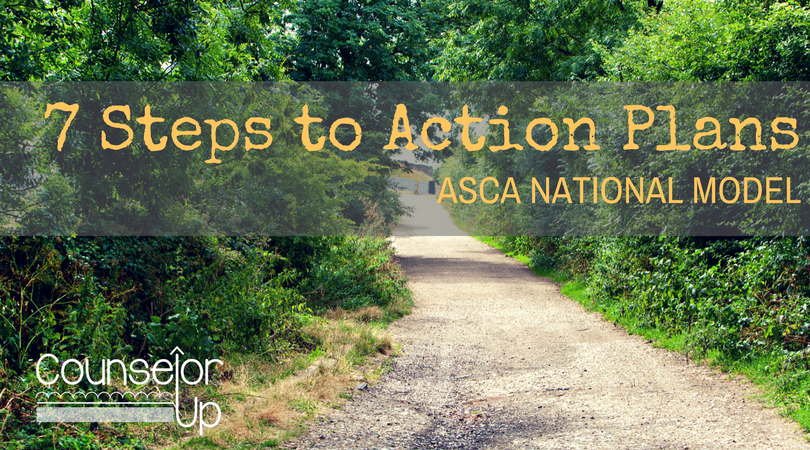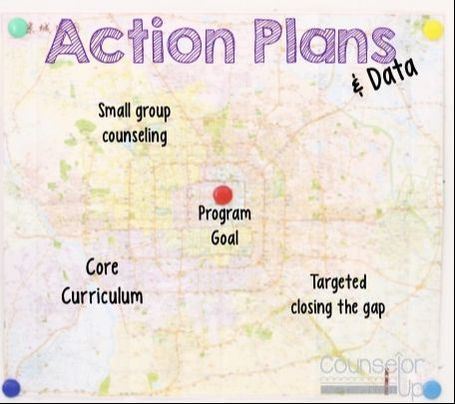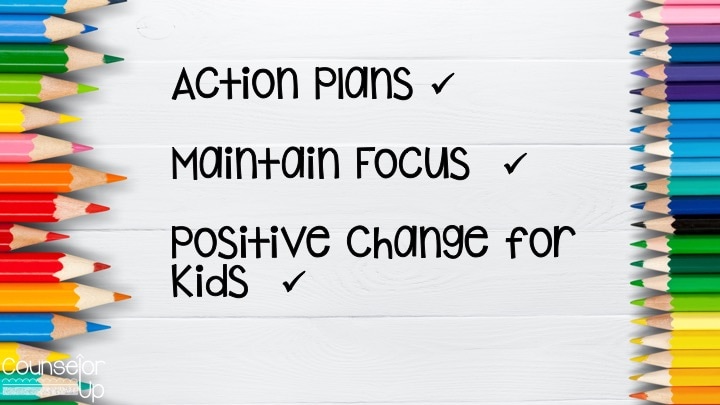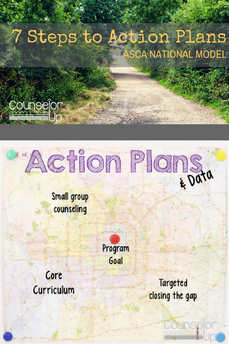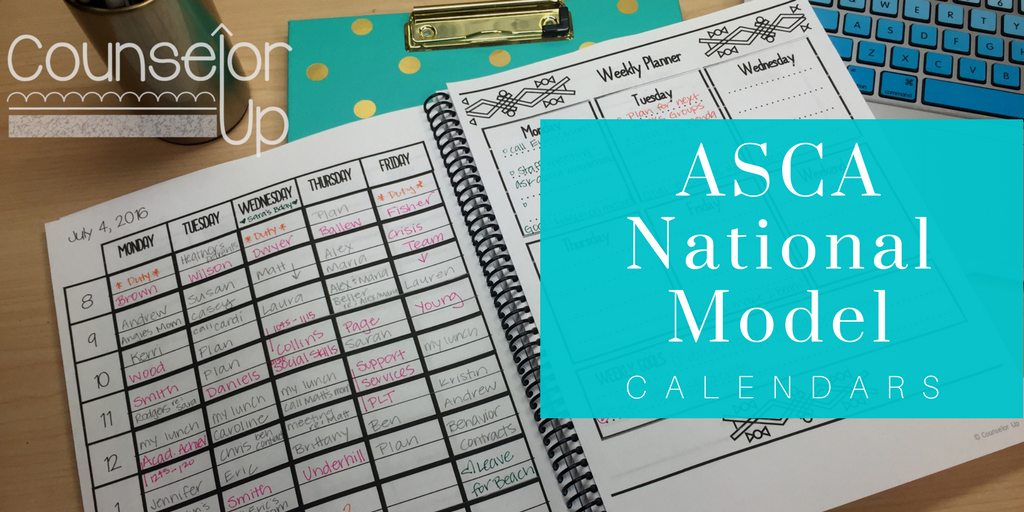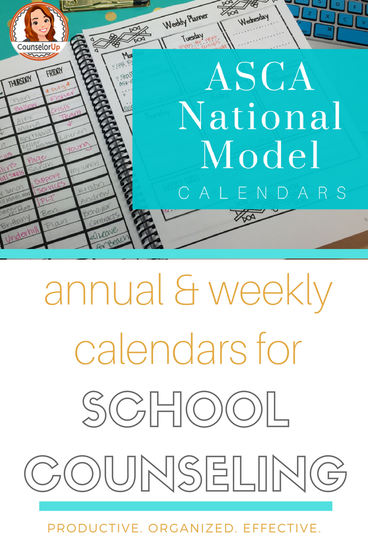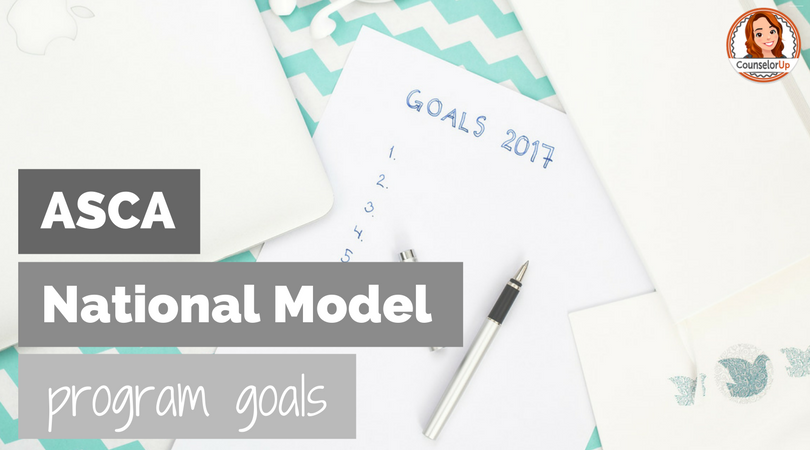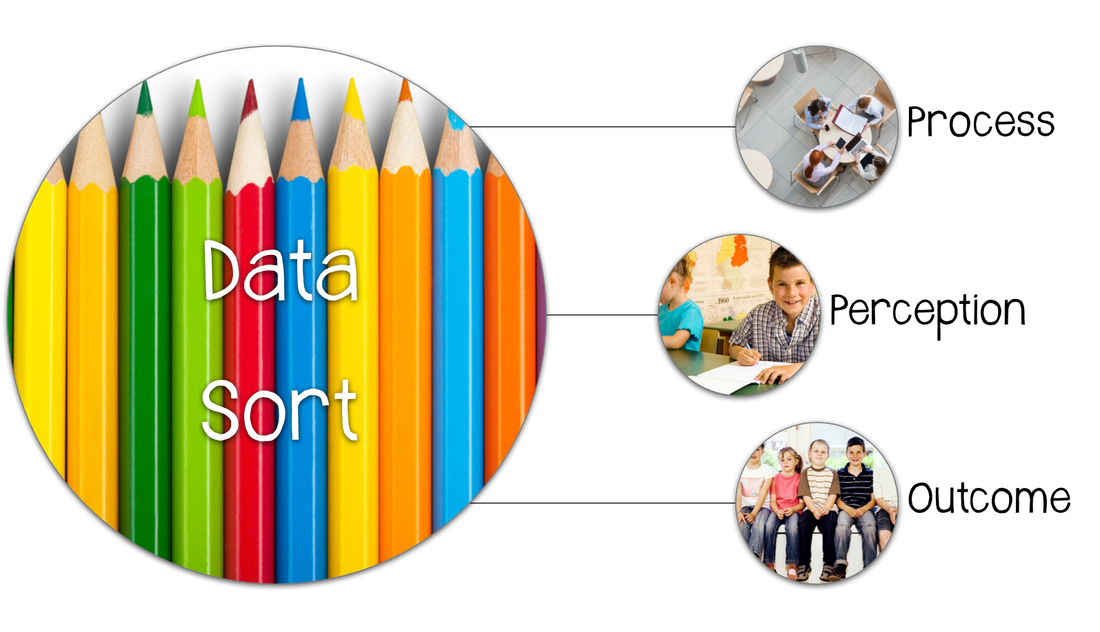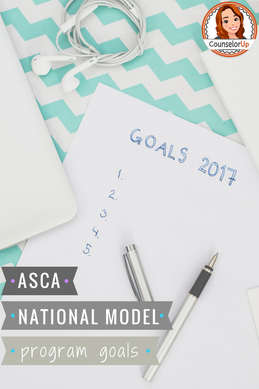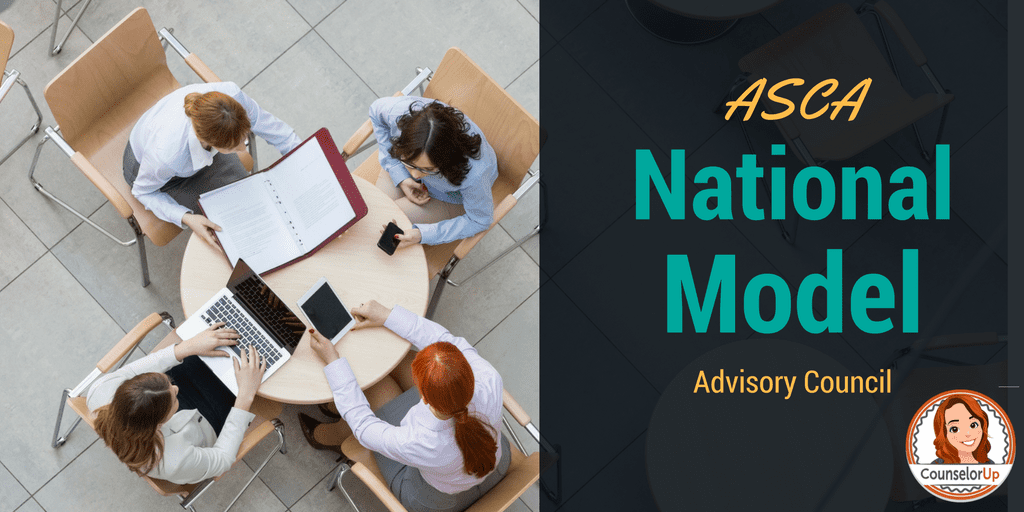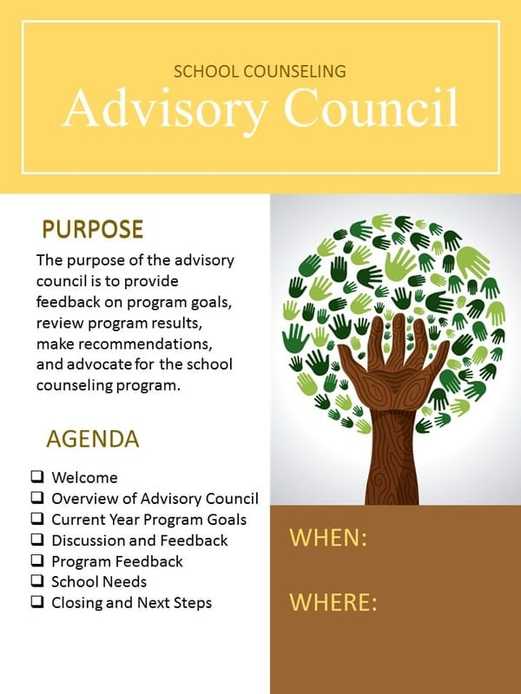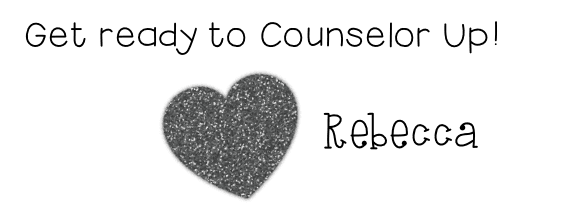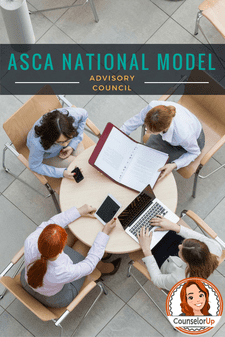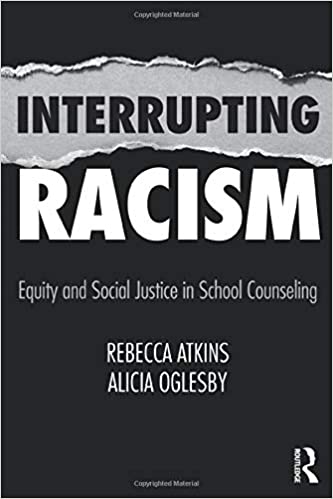Tier 1
Providing direct instruction of social emotional and academic skills is crucial for students to be successful both in school and post-graduation. We can't expect behavior and academic skills that have not been taught. Likewise, it isn't feasible for the school counselor to teach all of the social emotional and academic skills needed. An effective school counseling curriculum supports classroom learning of skills that are included in the instruction provided by the classroom teacher. Schoolwide initiatives like PBIS also fall into this tier because they provide the structure and expectations for all students. An effective core allows 80% of students to be on target.
Tier 2
The key word here is strategic. As a school, how do you know a student needs more support with behavior? Do you wait until they come to the office with a discipline referral? How can you use data to intervene earlier? Discussion in Professional Learning Communities within your building may be a great place to start. These discussions may show patterns of student behavior. PLCs typically dig deeper into available data as well and can serve as a jumping off point for counselors.
As counselors, you are already doing Tier 2 work but may find that increasing your strategic focus may help. In my last school, I worked with students who had a high number of absences, students who needed to improve their academic skills, and students who showed anxiety about middle school. I chose these strategic interventions because I looked at the data and knew what was needed.
For counselors, Tier 2 can encompass work for a group of students that takes place individually. For instance, a behavior contract or Check-in/Check-out is a tier 2 intervention chosen for a group of students. Sometimes individual counseling can be a Tier 2 intervention, depending on the duration and intensity of the counseling. Meeting with a student 1-2 times about a friendship problem doesn't rise to the level of intensity that would be needed in a Tier 3 intervention.

